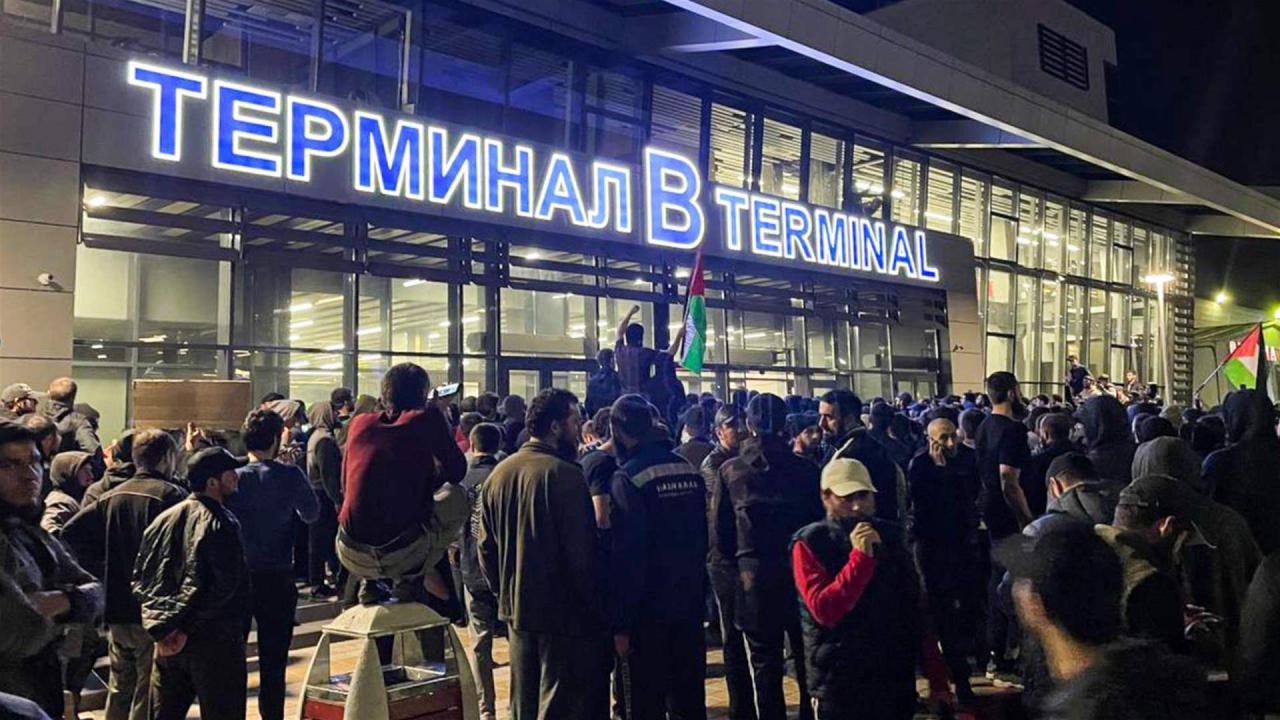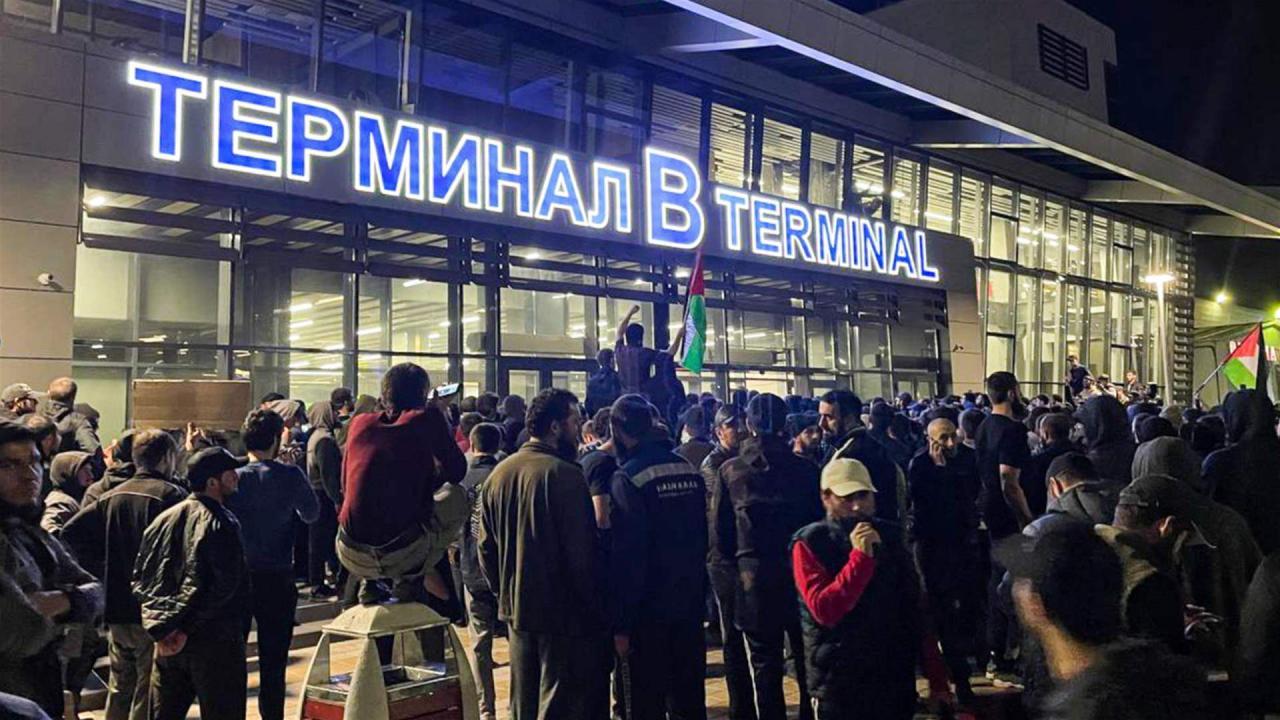Une « interférence externe » à l’origine de l’écrasement au – this translates to “external interference as the cause of the crash.” This phrase points to a crucial aspect of aviation accident investigation: identifying factors outside the immediate control of the aircraft or its crew. We’ll explore the various types of external interference, from mechanical failures to sabotage, and delve into how investigators uncover the truth behind these devastating events.
We’ll also look at how technology and improved safety measures are working to reduce the risk of future tragedies.
So, you’re investigating “Une « interférence externe » à l’origine de l’écrasement au,” right? Sometimes, distractions are the worst. Need a break from that intense research? Check out where to catch the Texas A&M vs. USC game – find all the info you need right here: Texas A&M vs.
USC where to watch, live stream, TV channel. Then, refreshed, you can get back to figuring out that external interference and the crash investigation.
Understanding the role of external interference is vital for improving aviation safety. This involves examining different forms of interference, such as weather conditions, mechanical issues, human error, and even deliberate acts of sabotage. By analyzing case studies and investigating the evidence gathered during accident investigations, we can identify patterns, learn from past mistakes, and implement preventative measures. This exploration will cover investigative procedures, technological advancements, and the legal implications associated with determining external interference as the root cause of an aircraft accident.
Thinking about “external interference” causing a crash? It makes you wonder about unexpected disruptions in life, much like the unforeseen challenges Anita Rani faced after her marriage, as detailed in this article: Countryfile presenter Anita Rani on ‘dark’ truth after marriage break. Her experience highlights how seemingly unrelated events can impact our lives, much like an external factor might influence a plane crash investigation.
So, when analyzing the “external interference” in the crash, remember to consider the unexpected ripple effects.
External Interference in Aircraft Crashes
The phrase “Une « interférence externe » à l’origine de l’écrasement au” translates to “External interference as the cause of the crash.” This signifies that factors outside the aircraft’s inherent design or normal operational parameters contributed to the accident. Understanding the various forms of external interference, their impact, and investigative methods is crucial for improving aviation safety.
Translation and Contextualization
The French phrase points to a cause of the crash that lies outside the aircraft itself. This could range from environmental factors to deliberate acts of sabotage. The implication is a need for thorough investigation to identify the specific external factor and to implement preventative measures.
Examples of events where external interference caused crashes include bird strikes resulting in engine failure, severe weather conditions leading to loss of control, and collisions with other aircraft or objects. The impact of external interference can range from minor damage to catastrophic failure.
Different types of external interference include mechanical failure of external components (like a failing engine or control surface), adverse weather (severe turbulence, icing, or wind shear), human error (such as air traffic control mistakes or pilot error in response to unexpected events), and deliberate acts (sabotage or terrorism).
Types of External Interference, Une « interférence externe » à l’origine de l’écrasement au
Categorizing external interference helps in focusing investigations and developing targeted safety improvements. The likelihood and impact of each type vary significantly, necessitating a risk-based approach to safety management.
| Type of Interference | Likelihood | Impact | Mechanism of Crash |
|---|---|---|---|
| Adverse Weather | High (depending on region and season) | High to Catastrophic | Loss of control, structural damage, icing |
| Bird Strike | Moderate | Moderate to Catastrophic | Engine damage, loss of control |
| Mechanical Failure (External) | Moderate (depends on maintenance) | Moderate to Catastrophic | Loss of control, system failure |
| Human Error (ATC/Ground Crew) | Low to Moderate | Moderate to Catastrophic | Collision, runway incursion, incorrect instructions |
| Sabotage/Terrorism | Low | Catastrophic | Explosions, structural damage, system failure |
Contributing factors for each category are numerous and often interconnected. For example, adverse weather can exacerbate existing mechanical issues, and human error can be amplified by poor communication or inadequate training.
Investigative Procedures and Evidence Gathering

Accident investigations follow established protocols, often employing a multi-disciplinary team. Gathering evidence related to external interference is crucial in determining the cause of the crash.
So, they’re saying external interference caused the crash. It’s a wild theory, almost as wild as hearing that Sean Hannity is engaged to Ainsley Earhardt of ‘Fox & Friends’. Seriously, who saw that coming? Anyway, back to the crash – investigators are looking at all possibilities regarding that external interference, including things like radio frequency disruption.
Investigators collect various types of evidence. Physical damage to the aircraft provides clues about the nature and impact of the external interference. Witness testimonies can offer valuable insights into events leading up to the crash. Flight data recorders (FDRs) and cockpit voice recorders (CVRs) capture critical data and conversations.
Identifying and proving external interference as the sole cause can be challenging. Multiple factors may contribute to a crash, making it difficult to isolate the primary cause. The absence of clear physical evidence or conflicting witness accounts can further complicate the investigation.
Case Studies and Examples
Analyzing historical crashes attributed to external interference reveals patterns and helps in developing better safety protocols. A comparative approach allows for a deeper understanding of the contributing factors and their interplay.
| Incident | Type of Interference | Evidence | Conclusions |
|---|---|---|---|
| (Example: Specific incident details would go here, referencing a known case. This needs to be a real historical event.) | (e.g., Bird strike) | (e.g., Engine damage, witness accounts, FDR data) | (e.g., Bird strike caused engine failure, leading to crash) |
| (Another example with detailed information) | (Another type of interference) | (Evidence for the second case) | (Conclusions for the second case) |
Technological and Human Factors

Technology plays a significant role in mitigating the risks associated with external interference. However, human factors remain a critical element in accident causation and prevention.
- Improved weather forecasting and warning systems
- Enhanced bird strike detection and mitigation strategies
- Advanced aircraft design incorporating redundancy and improved structural integrity
- Advanced air traffic control systems
- Comprehensive pilot training and recurrent simulator sessions to handle unexpected events
Advancements in technology, such as improved sensor systems and data analytics, can lead to better detection and prediction of potential external interference, thereby enhancing safety.
Legal and Regulatory Implications
Determining external interference as the cause of a crash has significant legal and regulatory ramifications. It can lead to lawsuits against manufacturers, airlines, or air traffic control entities. Regulatory changes often follow major accidents, aiming to prevent similar incidents from occurring in the future.
Manufacturers have a responsibility to design and produce safe aircraft, airlines must ensure proper maintenance and pilot training, and air traffic control needs to provide efficient and safe guidance. Legal precedents set in previous cases serve as guidelines for future legal proceedings.
Final Conclusion

Investigating aircraft crashes where external interference is suspected requires meticulous attention to detail and a multi-faceted approach. From analyzing flight data recorders and physical wreckage to interviewing witnesses and considering meteorological data, piecing together the puzzle requires expertise across various fields. Ultimately, understanding the role of external factors in aviation accidents is crucial for improving safety protocols, enhancing technological safeguards, and holding responsible parties accountable.
The goal is to learn from each tragedy and prevent future occurrences through better prevention and investigation strategies.
Popular Questions: Une « Interférence Externe » à L’origine De L’écrasement Au
What are some examples of less common types of external interference?
Bird strikes, drone interference, and even electromagnetic pulses (EMPs) are less frequent but still possible causes of external interference leading to accidents.
How long does a typical aircraft accident investigation take?
Investigations can vary greatly in length, often taking months or even years depending on the complexity of the incident and the amount of evidence to be analyzed.
What role do insurance companies play in accident investigations?
Insurance companies often participate in the investigation process, as they have a financial stake in determining the cause of the accident and assessing liability.
